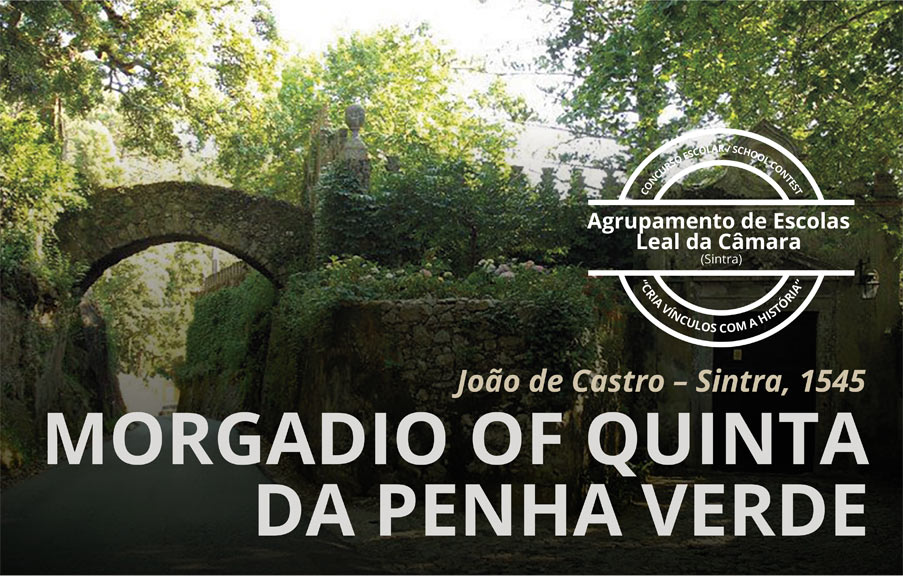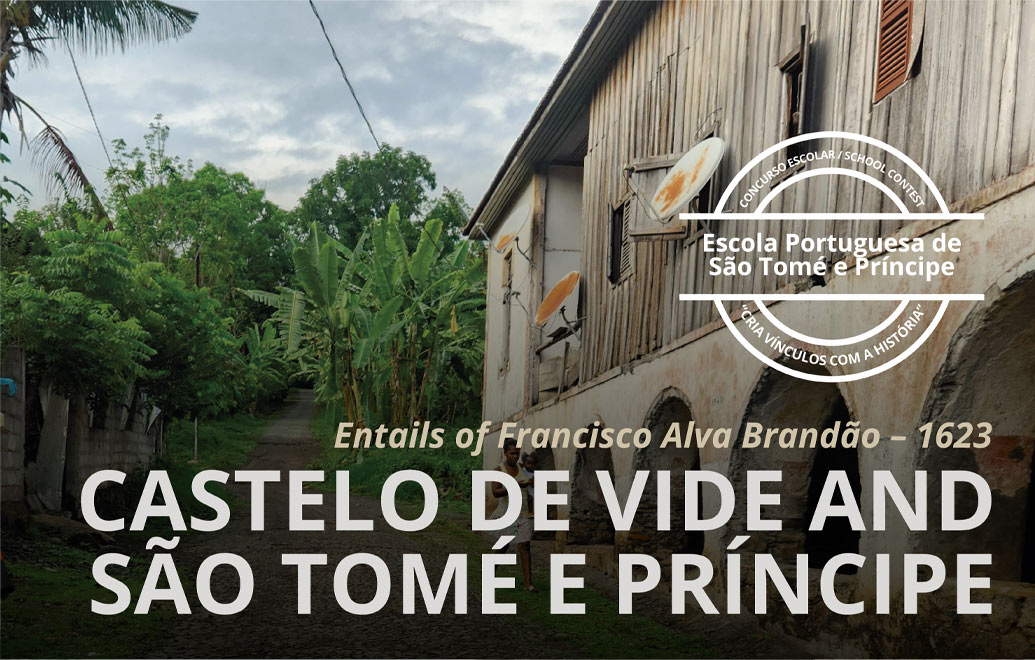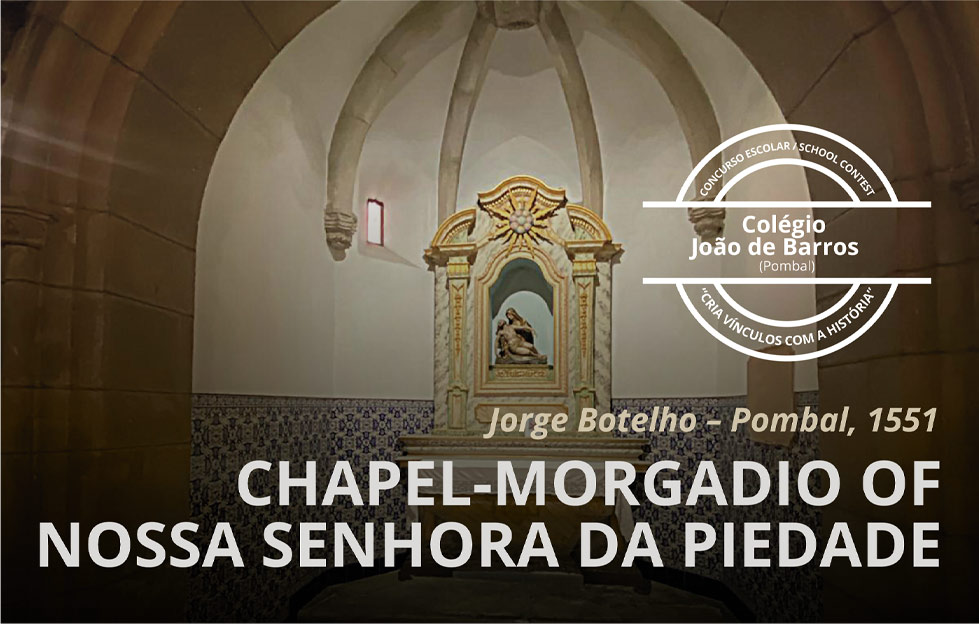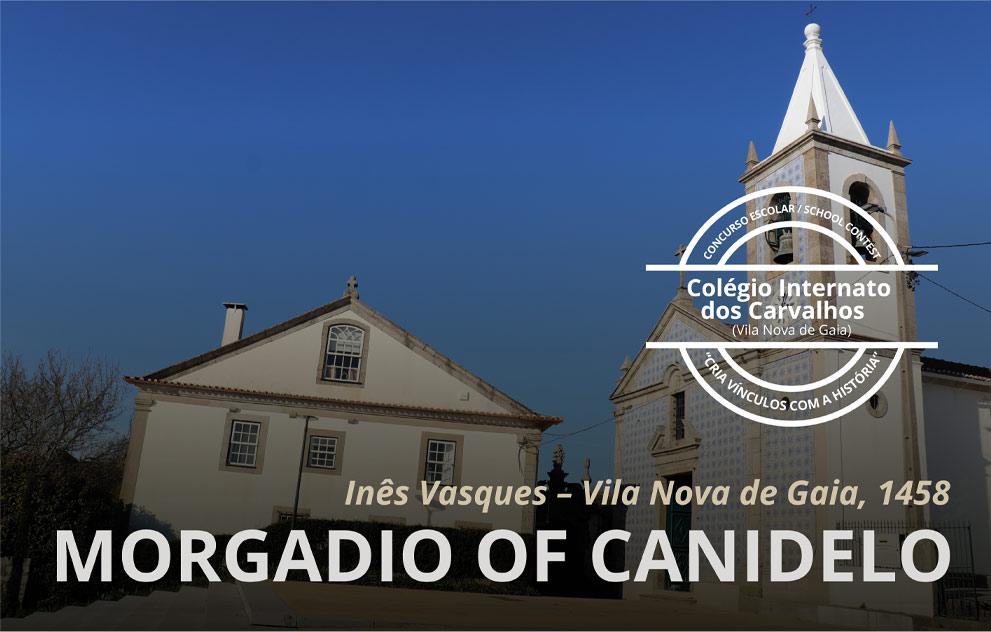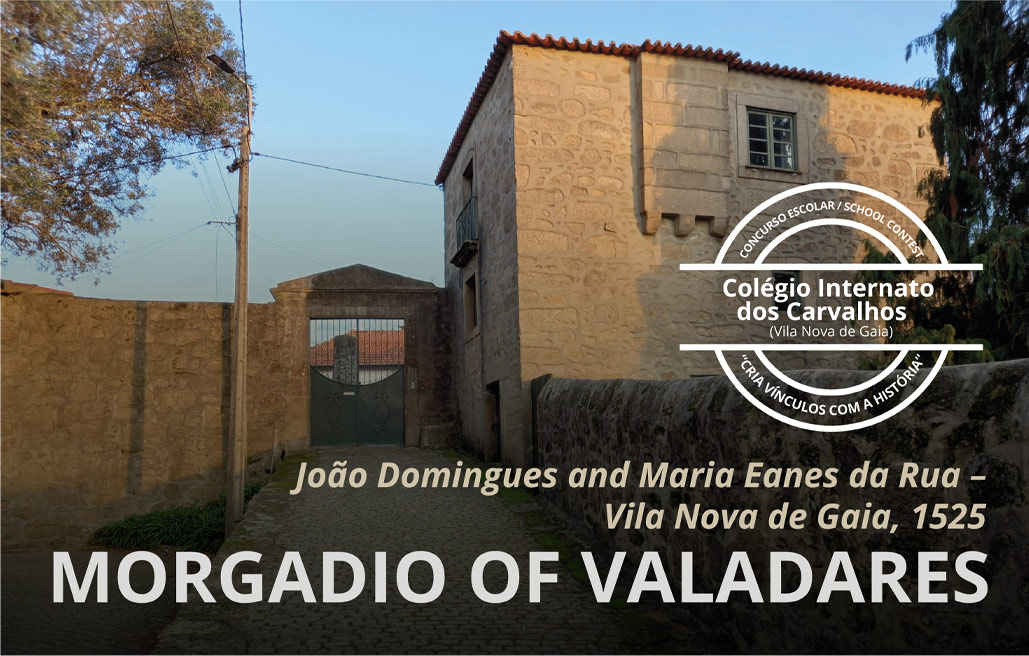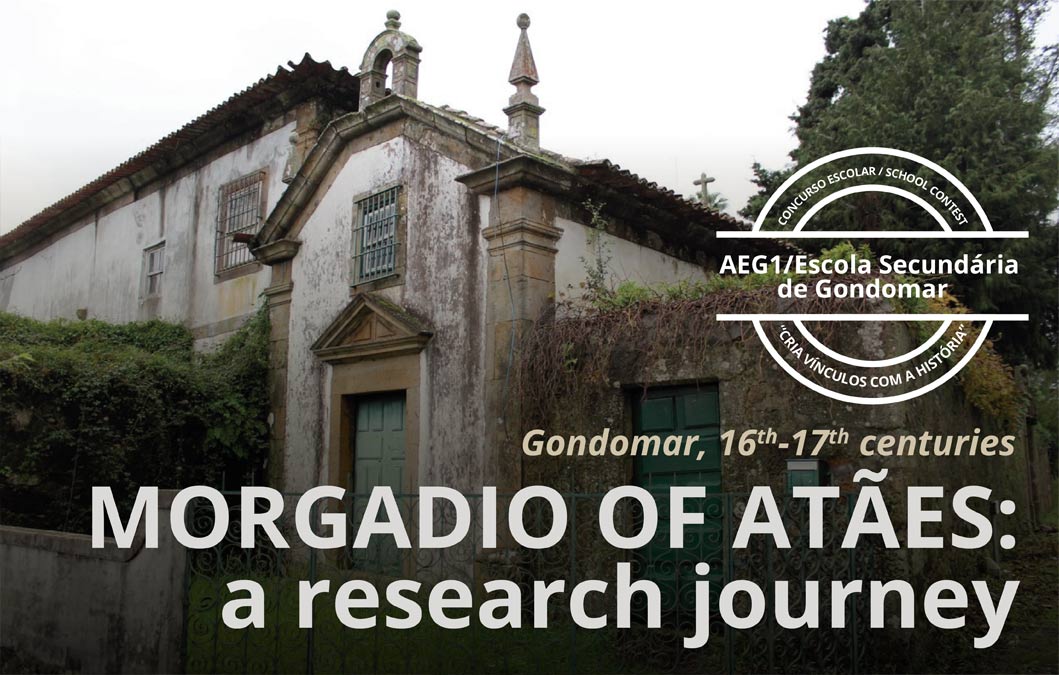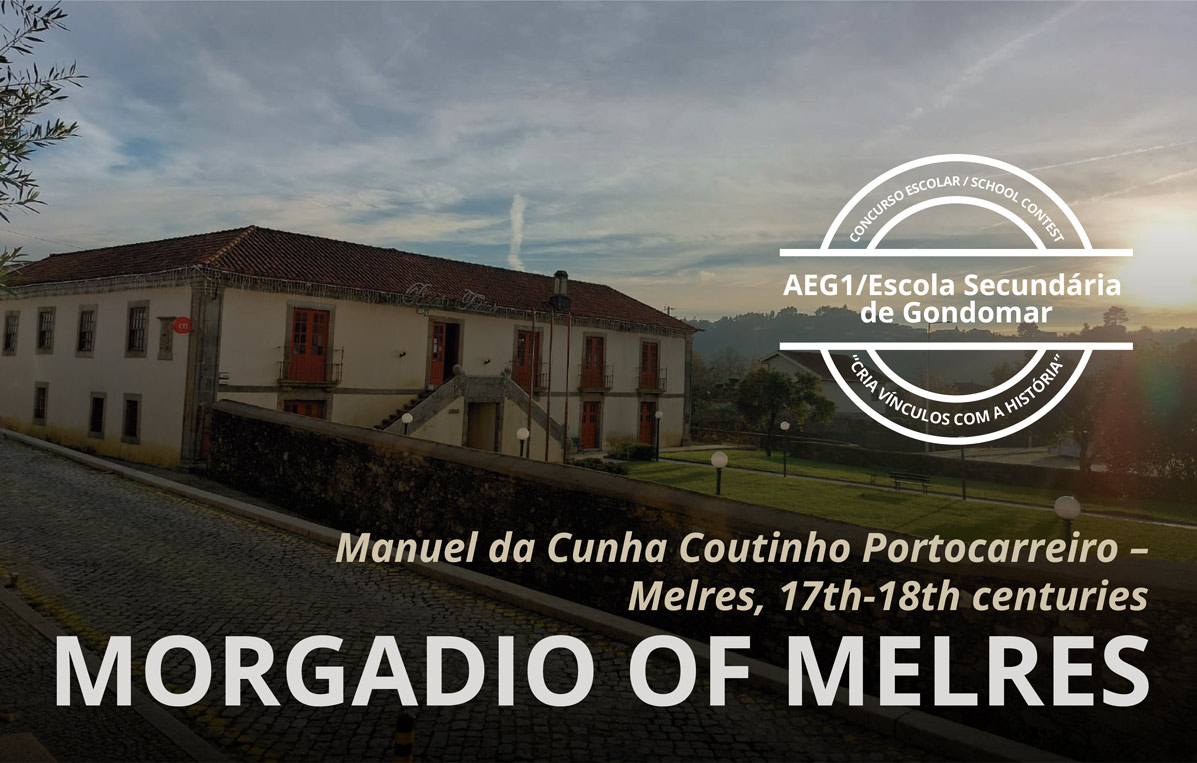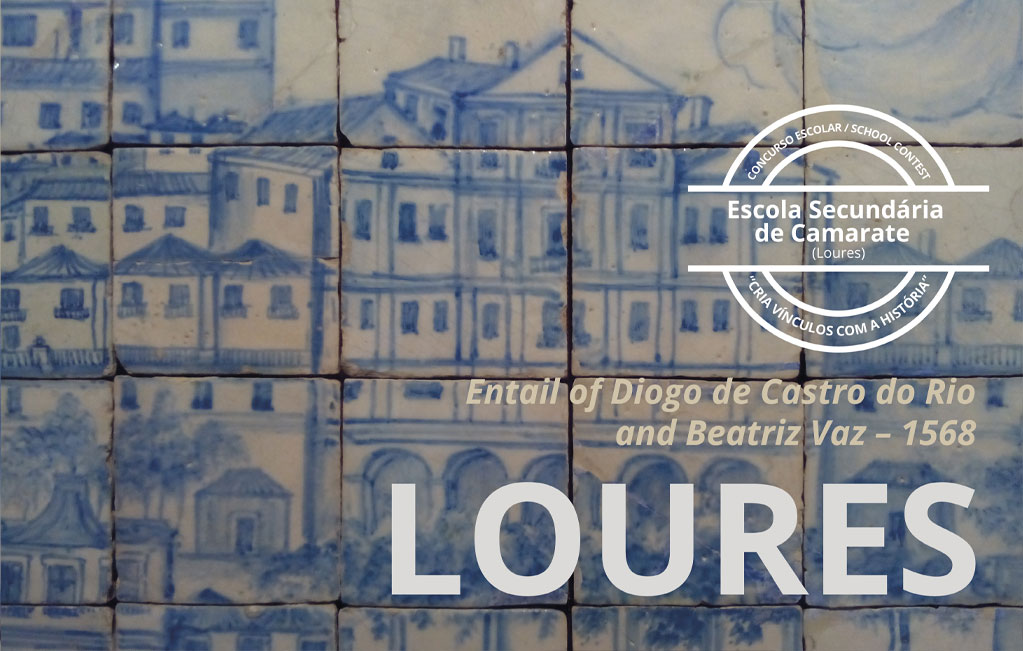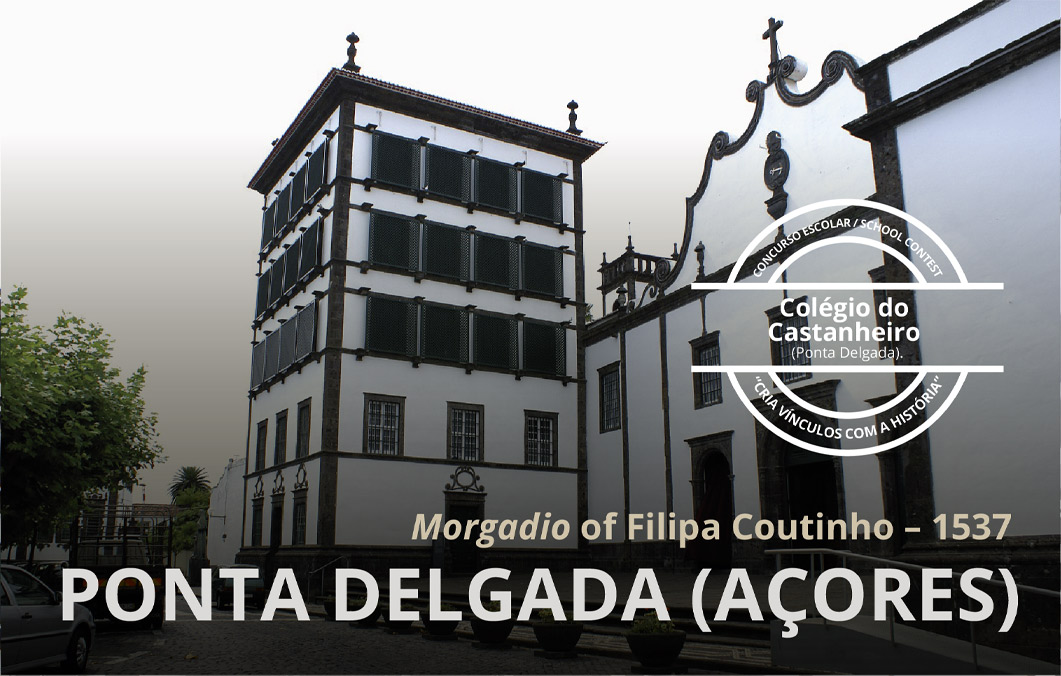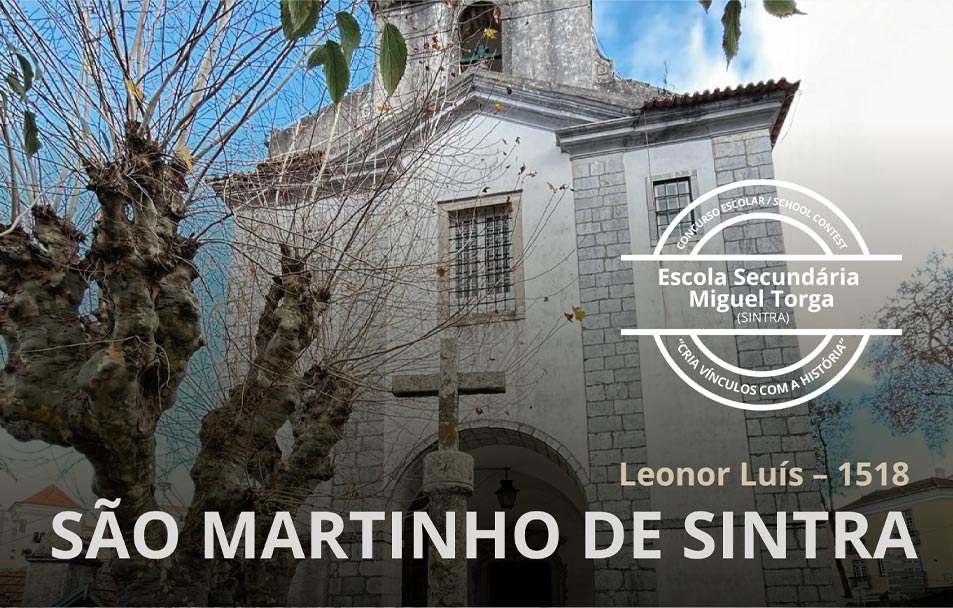Entail of the month (June, 2021)
Morgadio of Castelo Branco, ‘o Novo’, by Nuno Vaz de Castelo Branco and Joana Juzarte – Pirescoxe.
Santa Iria de Azóia, 1442
Throughout the fifteenth century, the founding of entails consolidated characteristics aimed at strengthening a lineage’s power and identity. Before that time, the religious component had greater relevance. A set of different factors explains this change of circumstances. Entails ensured that the pathways for social ascension remained prominently open, structuring them with elements from older nobility categories, and an important innovation was added. A strong ‘founding identity’ may be detected in several cases — a desire to embrace the present and its significance regarding the past.
The Castelo Branco, ‘O Novo’ morgadio was founded on 31 October 1442 on the manor house with the same name, located in the hamlet of Pero Escouche. It is an extraordinary example of this type of social institution (on the founder’s social ascension and involvement, see ROSA, 2012, pp. 510-11, 530, 599).
The entail was founded by Nuno Vaz de Castelo Branco and his wife, Joana Juzarte. Having no children, towards the end of their lives they nominated as administrator Lopo, the firstborn son of Nuno’s brother. Like his uncle and namesake, he had a brilliant career at court (SILVA; CASTELO BRANCO, 1999, pp.159-160). His process of inheritance was a step forward in defining the entail during its golden age in Portugal, consisting of vast properties set in areas with high economic value; the homestead being a palatial residence — known as ‘head of morgado’ — set in a property referred to as the ‘manor and estate of Castelo Branco o Novo’; and a detailed portrayal of the heir as an intended figure, obliged to wear a coat of arms and the family surname, to ensuring that the terça was attached to every future generation, to demonstrate sound mental abilities for managing the assets, and subject to penalties for non-compliance.
It should be stressed how the lineage’s self-awareness was expressed and materialised, as initially conceived and carried into the future. The foundational clauses characterising the heir are given justification in this context: the morgadio ‘(…) is the beginning of the honour of the lineage of Castelo Branco’; the successors ‘shall all bear the surname de Castelo Branco and not the surname from other manor house and lineage; and shall bear their heraldic arms in full, with no marks of addition or difference, and if said arms are not borne like so and marks and differences be adopted, and if they carry any other surname and lineage, then they [the successors] cannot have the said morgado’ (ROSA, 1995, pp. 58, 109-110). The founders’ efforts to establish a collective memory with reflections on the succession are evident in their establishment of the Castelo Branco lineage surname — a surname that seems to have been used until then merely to indicate geographical provenance (ROSA, 2012, p. 530). Besides, the founders transformed the ‘head of morgado’ as a visual reflection of their project. In carrying out extensive refurbishment works, Nuno and Joana sought to strengthen their noble status, adding military-style towers and battlements to the structure, and placing atop the entrance an impressive coat of arms carved on stone, bearing the name of the property as indicated in the founding document (CASTELO BRANCO, 1990; SILVA et al., 2001; PONTE, 2013).
Only through the present can the founders’ statement be explained in terms of the family order, beyond matters of social ascent. It is possible Nuno could be reacting to what would have been the exclusion of his father from inheriting the Santa Eulália inn, an entail in Castelo Branco (CASTELO BRANCO, 1990). This hypothesis is attractive because it suggests the precaution taken in coupling the entail and the lineage would be a reaction to the fluid rules of the Santa Eulália entail, which might be harmful to the family’s integrity, and which were clarified and made ‘canonical’ in a royal charter dating from 1393, upon a request from the administrator, Rui Vasques de Refóios (or de Castelo Branco). However, this line of research requires extensive work, as the genealogical ties of the first Castelo Branco generations in the royal court need profound revision.
On 8 November 1320, Estêvão da Guarda and his wife, Sancha Domingues, founded a chapel at the São Vicente de Fora Monastery, Lisbon. Two years later, a confirmation document details every aspect related to the chapel administration and worship (AML, 2003, p. 41). In fulfilment of the founders’ wishes, succession to the administration of the assets fell on the eldest male heir. Thus, after the death of Estêvão da Guarda, it fell on Álvaro Afonso, the grandson of Estêvão and Sancha.
However, the chapel and related properties remained in the lineage’s administration for only two generations. The disowning of the great-grandson, Diogo Álvares, in 1419 by order of João I, seems to indicate irregularities on the part of the founders’ successors (AML-AH, Chancelaria régia, Livro dos Pregos, doc. 285, ff. 200v-201v). For an extended period, the “problematic and troublemaking” administration was met with a lack of income, as attested by a document dated December 1513 (MARTINS, 1999, p. 11). This document reveals a poorly kept chapel, “so badly looked after that it looked abandoned” (AML-AH, Casa de Santo António, Livro da instituição da capela de Estêvão da Guarda, doc. 15; MARTINS, 1999, p. 12). For these reasons, on 26 July 1512, King Manuel ordered the senate of Lisbon’s municipal council to take possession of the chapel, and gave it the right to appoint and remove its administrators (AML-AH, Casa de Santo António, Livro da instituição da capela de Estêvão da Guarda, doc. 1, f. 5). It should be noted that the founders had foreseen the possibility that, in case there was no descendant in the family, the administration of the chapel would be handed over to a citizen of Lisbon, appointed by the city council (MARTINS, 1999, p. 28). This context serves to explain the fact that the municipality currently keeps most of the documentation relating to this entail. Thus, it is in Lisbon’s municipal archive (Arquivo Municipal de Lisboa) that both the will of the founders and the documents of the institution and ratification are preserved, transcribed in an eighteenth-century codex named “Livro da Instituição da Capella de Estevão da Guarda, e outras cartas (…)” (AML – AH, Casa de Santo António, Livro da instituição da capela de Estêvão da Guarda, docs. 1-16).
Over the generations, the family line of the first Castelo Branco, ‘o Novo’ administrator and the line of his brother, Gonçalo Vasques de Castelo Branco, developed sophisticated matrimonial strategies of alliance. Gonçalo married Brites Valente, thus becoming administrator of the Póvoa morgadio (featured last April in the Entail of the Month). In Nuno’s line, generations later Pedro de Castelo Branco, the 9th administrator, married Luísa Ponce de León, lady-in-waiting of Luísa de Gusmão. This facilitated his ascension to a viscountcy (PONTE, 2013, pp. 101-102 ). The path trailed by the Castelo Brancos also suffered setbacks from the royal authority. The second administrator, Lopo Vasques, ‘o Torrão’, was sentenced to death by King João II, after placing the fortress under his alcaidaria under the orders of the Castilian enemy (SILVA; CASTELO BRANCO, 1999, p. 159). This placed immediate obstacles in the way of Lopo’s succession. In fact, the entail would go to his uncle, Pedro de Castelo Branco, owing to a royal decree. When the latter’s grandson married the heiress of Pombeiro in the seventeenth century, the morgadio was transferred to the House of Pombeiro e Belas (PONTE, 2013, p. 17).
The preference for the palace in Pires Escouche, as a symbol, according to the intentions of the founding couple, would shift to other estates, such as the Paço de Belas, which, from the mid-seventeenth century onwards, benefitted from proximity to the royal court (ibidem, pp. 6, 44-45). Despite this, two centuries later, António de Castelo Branco (8th administrator and 5th count of Pombeiro) ordered the family’s coat of arms placed on his manor house in Belas. This represented both the perpetuation and appropriation of the founders’ wishes (ibid., p. 104).
The old ‘Paço’ has gained a new lease of life. Classified as a building of public interest, it was the object of extensive restoration work by the Municipality of Loures in 2001. Since then, it has been home to the Municipal Gallery of the Castelo de Pirescoxe — a facility offering various cultural and social features. Its exhibition program aims to present the work of artists at the start of their careers, and to promote and disseminate new values in the fine arts.
Maria de Lurdes Rosa, Joana Soares, Maria Beatriz Merêncio, Rita Sampaio da Nóvoa (in collaboration with Pedro Rocha and Ana Raquel Silva – Câmara Municipal de Loures).
With collaboration from the Municipality of Loures
CASTELO BRANCO, Theresa M. Schedel, “A Pedra d’Armas de Castelo Branco, o Novo”, in Boletim de Trabalhos Históricos, vol. XLI, Guimarães, Arquivo Municipal Alfredo Pimenta, 1990, pp. 36-48. Disponível em: https://www.amap.pt/static/uploads/r/articles/407/bth1990_4.pdf [consultado a 30 de maio de 2021].
FARELO, Mário, A oligarquia camarária de Lisboa: (1325-1433), Lisboa, Faculdade de Letras da Universidade de Lisboa, 2009, pp. 327-335. Dissertação de Doutoramento em História Medieval, disponível em: https://repositorio.ul.pt/handle/10451/569?locale=en [consultado a 15 de Junho de 2021].
FREIRE, Anselmo B., Brasões da Sala de Sintra, vol. III, Coimbra, Imprensa da Universidade de Coimbra, 1921. Disponível em: https://archive.org/details/brasesdasalade03braauoft/page/ii/mode/2up [consultado a 30 de maio de 2021].
LOPES, Maria José, Património Cultural Construído – Concelho de Loures, Loures, Câmara Municipal de Loures, 1988, p. 75.
OLIVEIRA, Ana Cristina; SILVA, Ana Raquel; ESTÊVÃO, Florbela, “Património edificado do concelho de Loures”, in O Medieval e o Moderno em Loures. Viagens pelo Património, Catálogo da Exposição de Arqueologia – Museu Municipal de Loures, Loures, Câmara Municipal de Loures, 1999.
PONTE, Teresa Cristina Rôssas da, Estruturas Residenciais dos Condes de Pombeiro: O Paço de Belas, vol. I, Coimbra, Faculdade de Letras da Universidade de Coimbra, 2013. Dissertação de Mestrado em História da Arte, Património e Turismo Cultural, disponível em: https://estudogeral.sib.uc.pt/bitstream/10316/35990/1/Estruturas%20Residencias%20dos%20Condes%20de%20Pombeiro.pdf [consultado a 30 de maio de 2021].
ROSA, Maria de Lurdes, O Morgadio em Portugal. Sécs. XIV-XV, Lisboa, Editorial Estampa, 1995.
———– As Almas Herdeiras. Fundação de Capelas Fúnebres e Afirmação da Alma como Sujeito de Direito (Portugal 1400-1521), Lisboa, Imprensa Nacional-Casa da Moeda, 2012.
SILVA, Joaquim Candeias; CASTELO BRANCO, Manuel da Silva, A Beira Baixa na Expansão Ultramarina (séculos XV-XVII): subsídios históricos, Fundão, Câmara Municipal de Belmonte, 1999.
SILVA, Ana Raquel; BARBOSA, Pedro Gomes; MATALOTO, Rui Jorge, O Castelo de Pirescouxe – A Intervenção Arqueológica, Loures, Câmara Municipal de Loures, 2001.
Other entails of the month



